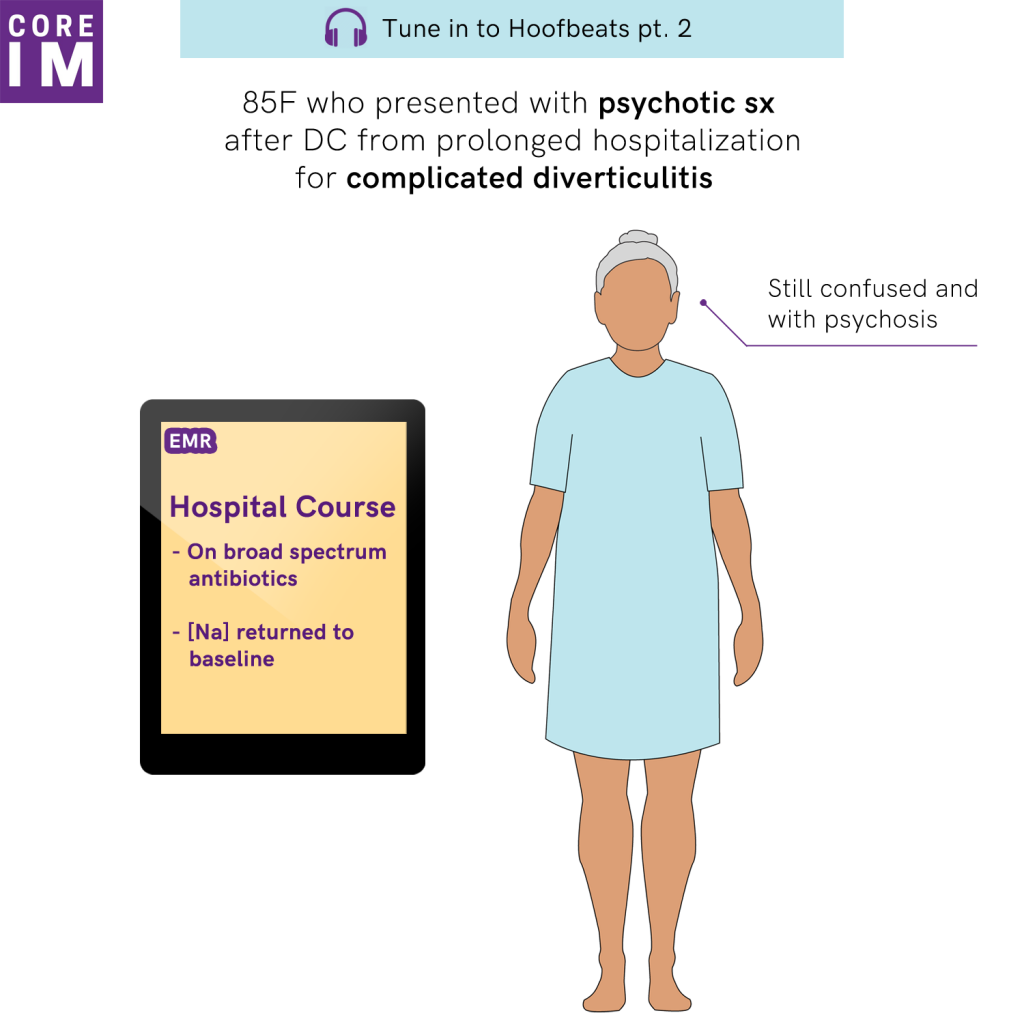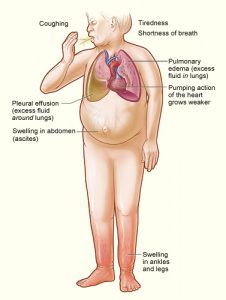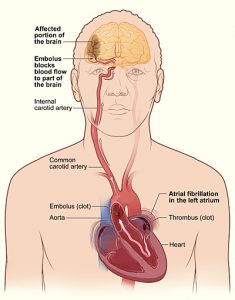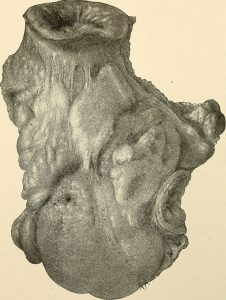 By Matthew Vorsanger MD, David Kudlowitz MD, and Patrick Cocks MD
By Matthew Vorsanger MD, David Kudlowitz MD, and Patrick Cocks MD
Peer Reviewed
 Learning objectives:
1. Describe the pathophysiology and clinical features of G6PD Deficiency.
2. Discuss susceptibility to favism.
3. Give a brief historical …

 By Matthew Vorsanger MD, David Kudlowitz MD, and Patrick Cocks MD
By Matthew Vorsanger MD, David Kudlowitz MD, and Patrick Cocks MD
Peer Reviewed
 Learning objectives:
1. Describe the pathophysiology and clinical features of G6PD Deficiency.
2. Discuss susceptibility to favism.
3. Give a brief historical …

By John Hwang MD, Cindy Fang MD, Neil Shapiro MD, Marty Fried MD || Illustration by Michael Shen MD || Audio Editing by …
 By Hannah Friedman
By Hannah Friedman
Peer Reviewed
It is a commonly seen scenario on the wards: a patient with a past medical history of heart failure and stage 4 chronic kidney disease presents with progressive …
 Join us in this episode as we question everything you ever thought you knew about… urinary tract infections (UTI) and delirium. || By Steven R. Liu MD, …
Join us in this episode as we question everything you ever thought you knew about… urinary tract infections (UTI) and delirium. || By Steven R. Liu MD, …
 By Dixon Yang, MD
By Dixon Yang, MD
Peer ReviewedÂ
AbstractÂ
Atrial fibrillation (AF) is a common arrhythmia, especially in the elderly, and is often asymptomatic. However, absence of symptoms does not confer better prognosis. Many patients with AF …
 By Monil Shah, MD and Arun Manmadhan, MD
By Monil Shah, MD and Arun Manmadhan, MD
Peer Reviewed
A 64-year old male with a history of hypertension, dyslipidemia, and uncontrolled diabetes is brought to the emergency room with new …
 By Christopher Sonne, MD
By Christopher Sonne, MD
Peer reviewed
Learning Objectives:
1. Understand the pathophysiology of peritonitis secondary to bowel perforation.
2. Understand how classic findings of peritonitis can be absent in some …
 By Daniela Rebollo Salazar
By Daniela Rebollo Salazar
Peer Reviewed
In the past ten years, the number of bacterial pathogens resistant to multiple antibiotics has dramatically increased. The emergence of resistant microorganisms is …